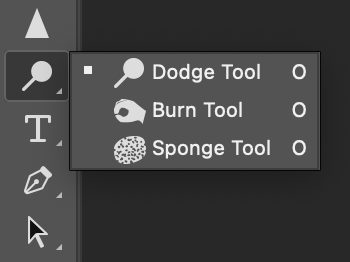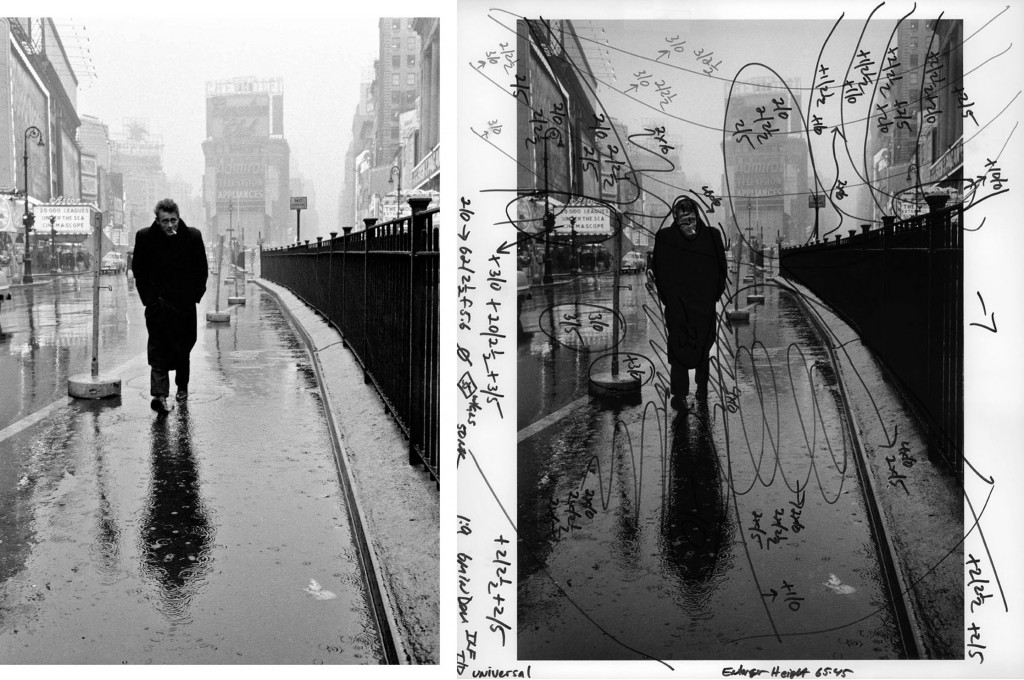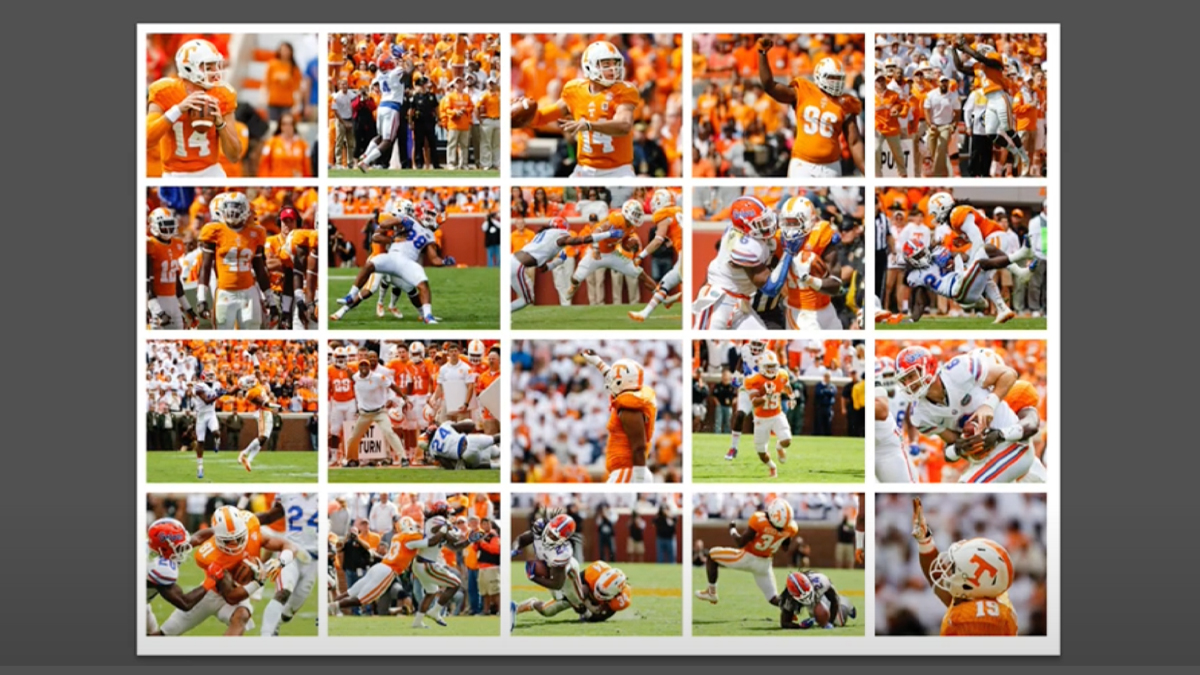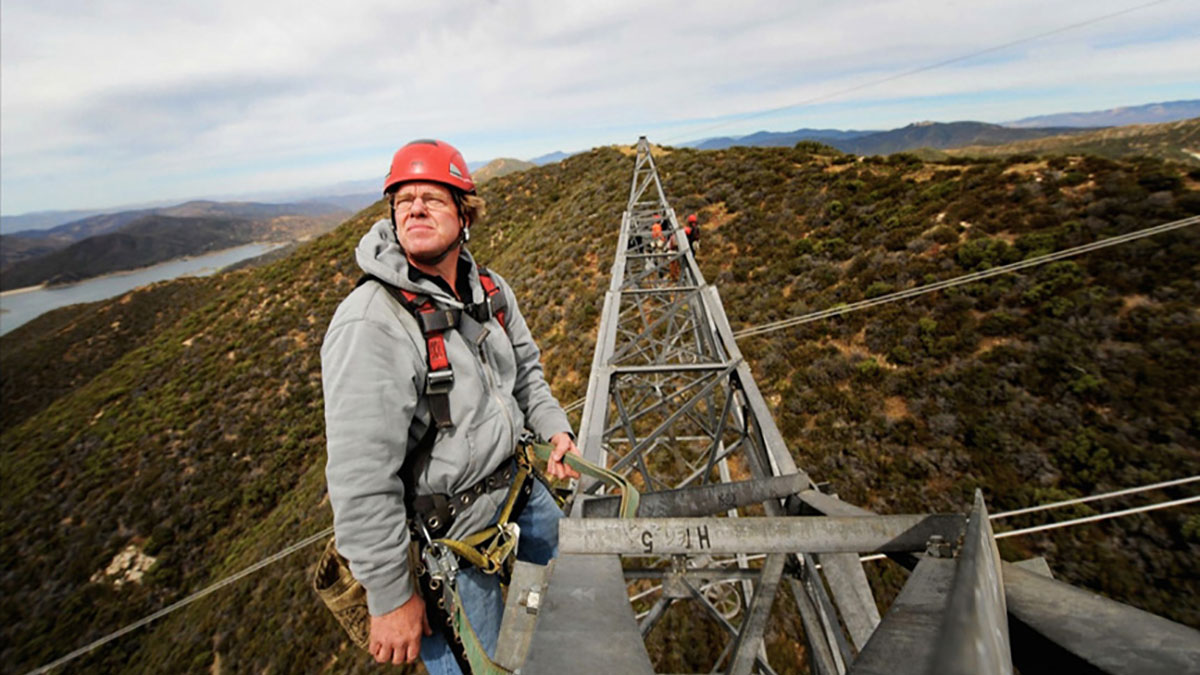It’s #TravelTuesday and I, Dave Williams, am here as always with a little something from the world of traveling photography. This week I’m reporting to you from Arctic Norway, not far from the Andenes Space Port on the island of Andøya. It isn’t space that I want to talk about, though.
I got involved in a conversation this past week about Lightroom. The course of the conversation led to a discussion about darkrooms and photo purism. The verb ‘Photoshop’ was thrown around and in the conversation I pointed out that before Adobe Photoshop there was such thing as photo manipulation in the darkroom.
We know the terms dodging and burning, often in relation to portrait retouching but also across the board in retouching any photos, but these terms have their roots in the darkroom.

These tools come from dodging light and burning light into an image in the darkroom, changing the shadows and highlights of a photo by having less or more exposure. Crazy, right? Well in actual fact Ansel Adams ‘Photoshopped’ his photos in this way, retouching them in the darkroom by dodging and burning long before Adobe came up with the digital version of the concept.

This 1955 photo of James Dean is always my go-to example of how it all worked. This image was annotated by Pablo Inirio of Magnum Photos, showing his process and telling us the story of the dodging and burning that took place in editing this photo.
Taking this all a little step further, even the photos we see on our cameras image preview screen are ‘Photoshopped’ (please excuse my intentional, totally incorrect use of the word) because even when we shoot in raw, what we see is a compressed, JPEG preview. And don’t get me started on cropping!
To an extent, all images are altered in some way. In our world we like to do so for the sake of creativity and expression, and rightly so. We’re showing things in the way we see them, and I’m all for that. Photo purism isn’t truly a thing – we’re changing reality the moment we press the shutter button with all the settings dialled in, so we may as well continue our creativity in Lightroom.
Much love
Dave




